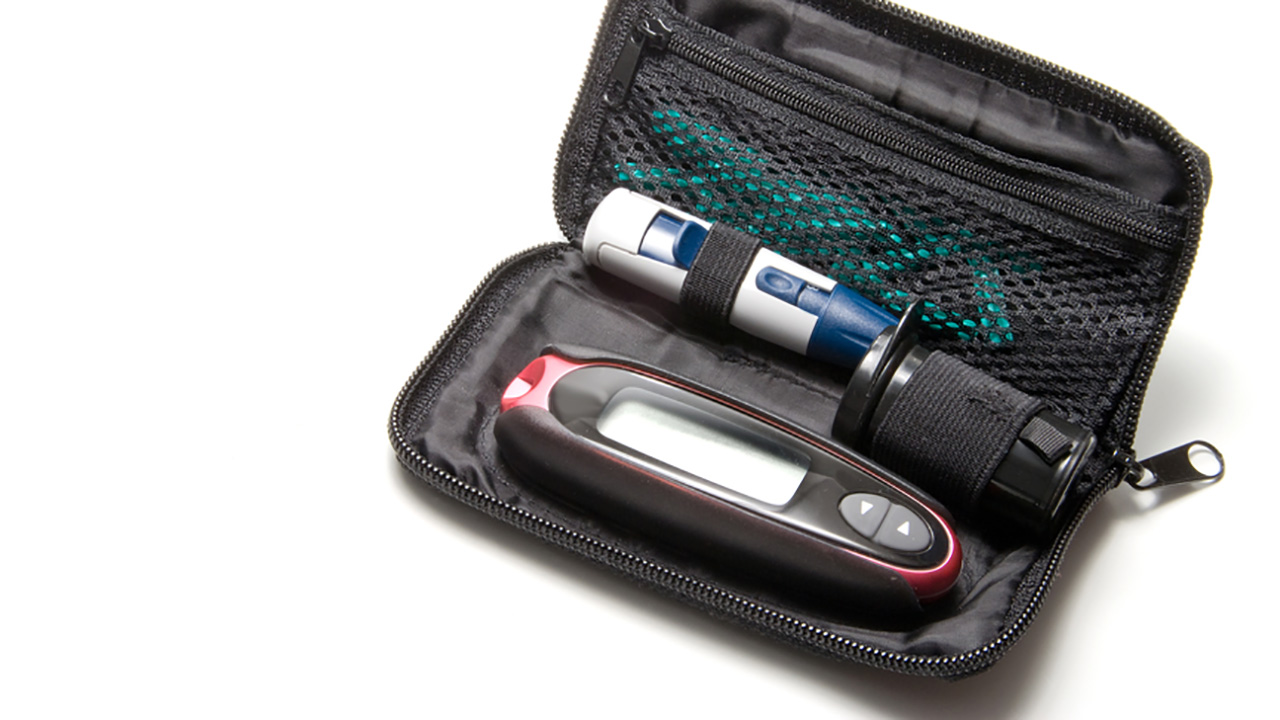JDRF
In people with type 1 diabetes, the body mistakenly attacks the insulin-producing cells in the pancreas meaning that little or no insulin is produced. As a result, the body cannot convert glucose from food into the energy the body needs to survive
Just to stay alive, people with type 1 diabetes rely on multiple daily insulin injections (or pump infusions) and finger prick blood tests. But insulin is not the cure and people with the condition still face future complications
What causes type 1 diabetes?
While researchers have made huge leaps in understanding type 1 diabetes in the last decade, the exact cause of the condition is still unknown
At the moment, we know that the condition results from an autoimmune response, where the body’s own defences (the immune system) turn against the cells of the pancreas that produce insulin
We don’t know exactly what causes the body to do this, but we do know that type 1 diabetes is not caused by eating the wrong foods, nor too much sugar
Who is affected by type 1 diabetes?
Type 1 diabetes is often thought, incorrectly, to be a condition that only occurs in childhood
It was previously referred to as ‘juvenile diabetes’ so there may be some confusion if it has been diagnosed in adulthood
In fact, around half of all people with type 1 diabetes are diagnosed over the age of 16
Type 1 diabetes and long term health
Advances in treatment mean that people are now able to live much longer healthier lives with type 1 diabetes than was possible even 20 years ago
But living with type 1 diabetes for a long time brings the risk of developing complications including eye disease, kidney disease, cardiovascular disease and nerve damage
Research indicates that after living with type 1 for 20 years, most people with the condition will have some signs of eye disease, for example
It is, therefore, important that each year, all people living with type 1 aged 12 and over receive all nine of the essential care processes recommended by NICE. These are:
- eye screening
- foot exam
- smoking review
- body mass index
- cholesterol
- HbA1c
- blood pressure
- blood creatinine (indicator of kidney function)
- urinary albumin (indicator of kidney function)
About JDRF
JDRF is the type 1 diabetes charity, improving lives until the cure is found
It is totally focused on type 1 diabetes, and is run by people with type 1, for people with type 1
It funds research to cure, treat and prevent type 1 diabetes, and provides information for children, adults and parents living with the condition, at all stages from diagnosis and beyond
JDRF gives a voice to people with type 1 diabetes and campaigns for increased focus on, and funding for, research to find the cure
Internationally, JDRF is the world’s leading charitable funder of type 1 diabetes research
It works with academia, industry and governments to make sure that the research it funds has the greatest possible impact on the lives of people with type 1 now and in the future
Resources from JDRF
JDRF knows that life with type 1 diabetes can have its ups and downs. That’s why it provides a variety of information and educational materials
The team work closely with healthcare professionals to make sure the whole type 1 community can access these resources
To view the type 1 resources that JDRF has on offer, visit www.jdrf.org.uk/shop
JDRF also understands that learning as much as possible about type 1 diabetes can help increase your feelings of control and choice
Talking to other people living with the condition can also be helpful
Although daily life will always be more complicated, many people have proved that type 1 diabetes is no barrier to an active, healthy and fulfilling life
Many people find it helpful to join an organisation where they can meet others in the same situation, or join in with activities such as helping to promote type 1 diabetes and research for the cure
www.jdrf.org.uk










